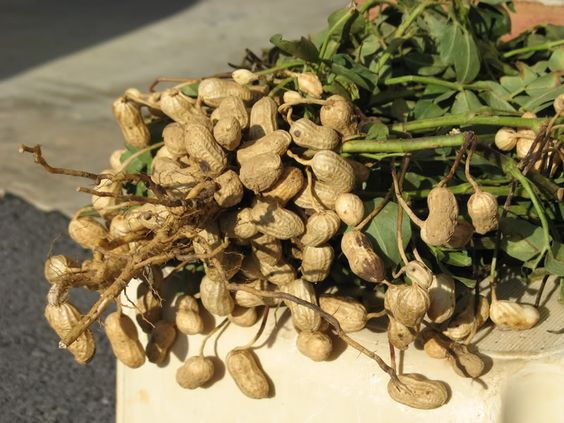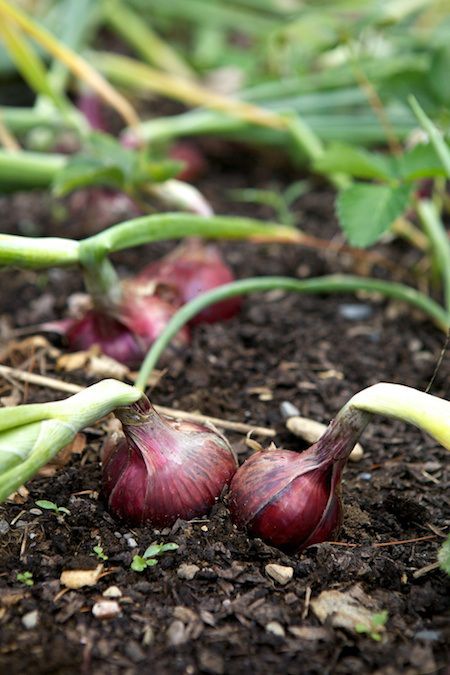Tomato Plant Diseases: Common Issues and Effective Solutions
Tomato Plant Diseases ,Tomatoes are a popular vegetable grown all over the world, but they are susceptible to a variety of diseases that can significantly impact yield and quality. Recognizing and managing these diseases efficiently is essential to maintaining a healthy tomato garden. This guide will cover some of the most common tomato plant diseases, their symptoms, causes, and prevention strategies.
Contents
Fungal Tomato Plant Diseases
Leaf Blight: Caused by the oomycete Phytophthora infestans, leaf blight is a highly contagious disease that can spread rapidly in cool, wet conditions. Symptoms include dark, water-soaked spots on leaves, stems, and fruit, followed by a white, powdery growth.
Early Leaf Blight: This disease, caused by the fungus Alternaria solani, is characterized by brown, target-shaped spots on leaves and stems. As the disease progresses, the spots can enlarge and coalesce, leading to leaf death.
Septoria Leaf Spot: Septoria leaf spot is caused by the fungus Septoria lycopersici and is characterized by small, dark spots with light centers on leaves. The spots can eventually coalesce, causing the leaves to turn yellow and die.
Gray Leaf Spot: This disease, caused by the fungus Stemphylium solani, is characterized by gray or brown spots on leaves and stems. As the spots enlarge, they can form a target-like pattern. Fusarium Wilt: A soil-borne disease caused by the fungus Fusarium oxysporum. Fusarium wilt causes wilting and yellowing of leaves, followed by plant death. The disease often begins on one side of the plant and spreads throughout the plant.

The Effects of Tomato Plant Diseases ?
Tomato plant diseases can have a significant impact on both the yield and quality of tomato crops. Here are some of the most common effects:
Reduced Yield:
- Premature fruit drop: Diseases can cause fruits to ripen prematurely or drop from the plant before they reach maturity.
- Stunted growth: Infected plants may experience stunted growth, leading to fewer fruits and smaller yields.
- Necrosis: Diseases can cause tissue death (necrosis) in various plant parts, including leaves, stems, and fruits, reducing the plant’s ability to produce and sustain fruit.
Poor Fruit Quality:
- Blemishes and spots: Diseases can cause unsightly blemishes and spots on fruits, making them less appealing to consumers.
- Internal rot: Some diseases can cause internal rot, making the fruits inedible.
- Flavor loss: Infected plants may produce fruits with reduced flavor or even a bitter taste.
Economic Loss:
- Decreased income: Reduced yields and poor fruit quality can lead to decreased income for farmers and gardeners who rely on tomatoes for their livelihood or personal consumption.
- Increased costs: Managing diseases can be expensive, due to the cost of fungicides, pesticides, and other treatments.
The Impact of Tomato Plant Diseases ?
When Tomato Plant Diseases are affected by diseases, it can have a significant impact on the plant’s health, growth, and productivity. Here are some of the common effects:
1. Reduced Yield:
- Premature fruit drop: Infected plants may prematurely shed their fruits, leading to a reduced harvest.
- Stunted growth: Diseases can hinder the plant’s growth, resulting in fewer and smaller fruits.
- Necrosis: Tissue death (necrosis) caused by diseases can limit the plant’s ability to produce and sustain fruit.
2. Poor Fruit Quality:
- Blemishes and spots: Tomato Plant Diseases can leave unsightly blemishes and spots on the fruits, reducing their aesthetic appeal.
- Internal rot: Some diseases can cause internal rot, making the fruits inedible.
- Flavor loss: Infected plants may produce fruits with reduced flavor or even a bitter taste.
3. Economic Loss:
- Decreased income: Reduced yields and poor fruit quality can lead to lower income for farmers and gardeners who rely on tomatoes for their livelihood or personal consumption.
- Increased costs: Managing Tomato Plant Diseases can be expensive, due to the cost of fungicides, pesticides, and other treatments.
4. Environmental Impact:
- Spread of disease: Some Tomato Plant Diseases can spread to other plants, both within the garden and in the surrounding environment, leading to further losses.
5. Stress on Plants:
- Weakened immune system: Tomato Plant Diseases can weaken the plant’s immune system, making it more susceptible to other pests and diseases.
- Reduced vitality: Infected plants may have reduced vitality and may be less able to withstand harsh environmental conditions.
6. Additional Effects:
- Aesthetically unappealing: Tomato Plant Diseases can be unsightly, detracting from the overall appearance of the garden.
- Reduced enjoyment: Tomato Plant Diseases For home gardeners, dealing with diseased plants can be frustrating and reduce the enjoyment of gardening.

Expanding on Bacterial Diseases in Tomato Plants
Bacterial Canker
Caused by the bacterium Pseudomonas solanacearum, bacterial canker is a serious disease that can quickly lead to plant death. Symptoms include dark, cankerous lesions on stems, wilting, and yellowing of leaves. The bacteria often enter the plant through wounds, such as those caused by pruning or insect damage. To prevent bacterial canker, choose resistant tomato varieties, rotate crops, and avoid overwatering.
Black Rot
Xanthomonas campestris pv. nigromaculans is the bacterium responsible for black rot, a disease that typically begins with small, dark spots on leaves and stems. These spots may develop a V-shaped pattern and eventually spread to the entire plant. As the disease progresses, leaves may turn yellow and die. To prevent black rot, plant resistant tomato varieties, rotate crops, and avoid overhead watering.
Ring Rot
Clavibacter michiganensis subsp. michiganensis is the causative agent of ring rot, a disease that often starts with brownish-black rings or cankers on stems. Wilting, yellowing of leaves, and internal rot of fruits are also common symptoms. To prevent ring rot, choose resistant tomato varieties, rotate crops, and sanitize tools to prevent the spread of bacteria.
Leaf Mold
A fungal disease caused by Fulvia fulva, leaf mold is characterized by yellowish-brown spots on leaves, often with a target-like pattern. As the disease progresses, leaves may turn yellow and die. Leaf mold thrives in humid conditions, so improving air circulation around plants and avoiding overhead watering can help prevent its spread. Fungicides may be necessary in severe cases.
Buckeye Rot
Similar to late blight, buckeye rot is caused by Phytophthora infestans and is characterized by dark, water-soaked spots on leaves, stems, and fruit. These spots often have a target-like pattern and can lead to fruit rot. To prevent buckeye rot, choose resistant tomato varieties, rotate crops, and avoid overhead watering.
Gray Mold
Botrytis cinerea is the fungus responsible for gray mold, a disease that often affects fruits, flowers, and leaves. The disease is favored by high humidity and cool temperatures, so improving air circulation and avoiding overhead watering can help prevent its spread. Gray mold can be particularly problematic in greenhouses or during cool, wet weather. Fungicides may be necessary in severe cases.
Source:
- Clemson University Extension: https://hgic.clemson.edu/hot-topic/cultural-management-of-tomato-diseases/
- The Spruce: https://panoramanow.com/moisture-induced-diseases-infect-tomatoes-blue-spruce/
- University of Maryland Extension: https://extension.umd.edu/resources/yard-garden/vegetables/tomatoes
- Rutgers University: https://plant-pest-advisory.rutgers.edu/vegetable-disease-of-the-week-72213-2/
- Better Homes & Gardens: https://ipm.ucanr.edu/home-and-landscape/tomato/




